|
John 4:7, 9-10: "There cometh a woman of Samaria to draw water: Jesus saith unto her, Give me to drink. Then saith the woman of Samaria unto him, 'How is it that thou, being a Jew, askest drink of me, which am a woman of Samaria? For the Jews have no dealings with the Samaritans'. Jesus answered and said unto her, if thou knewest the gift of God, and who it is that saith to thee, Give me to drink; thou wouldest have asked of him, and he would have given thee living water." In the ancient world, nothing was more precious for sustaining life than water. Man, animals, and crops all depended on it. A ready supply of good fresh water was a guarantee of a life and for prosperity. Little water or bad water brought about poverty and death. In many areas of the ancient world, water, especially drinking water, could be hard to come by, causing the inhabitants to go to great efforts to obtain it, to store it, to preserve it, and to keep it clean. Fresh lakes, streams, or fountains might be located at great distances. Some seasons produced little or no rain. And the reservoirs or cisterns used to collect both rainwater and transported water were prone to contamination and decay. In hot climate areas, it was common for these water storage receptacles to dry out, break down, crack and lose the precious water. From Mary Fawley Maude: "In India, the Hindoos go sometimes a great way to fetch water and then boil it that it may not be hurtful to travelers that are hot: and after this stand from morning till night in some great road where there is neither pit nor rivulet and offer it in honour of their gods to be drunk by the passengers....hence a cup of water is a present in the east of great value." (Excerpt from the "Asiatic Miscellany -1818, quotation by Dr. Adam Clark.) ("Scripture Manners and Customs", 10th edition, p. 166-167. Published 1862, London.) From John Lewis Burckhardt: "Here and in every other part of Nubia, the thirsty traveler finds at short distances, water jars placed by the roadside under a low roof. Every villager pays a small monthly stipend to some person to fill these jars in the morning and towards evening. The same custom prevails in Upper Egypt, but on a larger scale." ("Travels in Nubia", p.54. Published 1819, London.) About Reservoirs, Pits, and Cisterns From Rev. Thomas Harmer: "Wells and cisterns differ from each other in that the first are supplied with water by springs, the other by rain. Both are found in considerable numbers in Judea." ("Observations on Various Passages of Scripture", Vol.2, p.181. Published 1816, London.) From Bayard Taylor: "At first, we took the way to the Convent of Mar Saba, following the course of the Brook Kedron down the Wady on-Nar (Valley of Fire). In half an hour more we reached two large tanks, hewn out under the base of a limestone cliff, and nearly filled with rain. The surface was covered with a greenish vegetable scum, and three wild and dirty Arabs of the hills were washing themselves in the principal one. Our Bedouins (guides) immediately dismounted and followed their example, and after we had taken some refreshment, we had the satisfaction of filling our water-jug from the same sweet pool." ("The lands of the Saracen", p.63. Published 1864, New York.) From John Scott: "Pits and cisterns abound in the east, and even (in) early days they were no doubt numerous. They were used for obtaining water in the rainy season (so as) to serve as a supply through the dry season. " ("The Land and the Sojourn", p. 199 . Published 1880, Pittsburg.) From: William M. Thompson: "Cisterns are very generally covered over with a large slab, having a round hole in it large enough to let down the leather bucket or earthen jar. Into this hole a heavy stone is thrust, often such as to require the united strength of two or three shepherds to remove…I have repeatedly found wells closed up tight and the mouth plastered over with mortar. Such wells are reserved until times of greatest need, when all other sources of supply have failed. ("The Land and the Book", Vol 2. p. 400. Published 1860, New York.) From Johan Van Egmont and John Heyman: "Aleppo, a city and territory formerly known by the name of Aram Tscba, is the capitol of the Noraldine kingdom (Syria), and within it is a palace surrounded by a very strong wall. Throughout the whole place there is neither fountain, well, nor river; so that all the natives have to drink is the rainwater saved in cisterns, which, in the Arabic, are called Algubos." ("Travels Through Europe, Asia Minor , the Island of the Archipelago, Syria, Palestine, Egypt, and Mt. Sinai", Vol. 2. p. 333-334. Published 1759, London.) (Translated from the Dutch). From Horatio Hackett : "The house in Jerusalem in which I resided had a court where was a well, or reservoir, from which the family obtained water needed for domestic uses. Another house there, occupied by an American family, had three cisterns in the court, so arranged that when one is full the water flows into another. All the houses, indeed, of the better class are furnished with such reservoirs. Out of the city, on the north side especially, are the ruins of numerous ancient houses, the cisterns of which still remain in a state of excellent preservation." ("Illustrations of Scripture Suggested by a Tour Through the Holy Land", p.93. Published 1857, Boston.) From Robert K. Porter: "We next visited one of the vast cisterns of the city (Constantinople), called that of the "thousand and one pillars". It is said to have been the work of Philoxenus (Macedonian general and Syriac writer - 440-523 AD) . The depth is immense, and its narrow, arched roof rests on three hundred columns, distant from each other about eight feet. They stand in long ranges, crowned by unshapely capitals possessing no ornament whatever. The quantity of water this reservoir could hold might form a little lake. Pipes, placed near the bottom of this great tank, formerly conveyed its waters to the various streets in its vicinity, where appropriate fountains received the deposit, ready for the inhabitants, who came to fill their buckets." ("Travels in Georgia, Persia, Armenia, Ancient Babylonia", Vol 2, p. 754-755. Published 1822, London.) Living Water and Dead Water In the ancient times, a great distinction was made between Living Water and Dead Water. Living water because of its freshness and purity restored and gave life, and dead water too often contained disease that resulted in death. The Bible especially makes a great distinction between the two. From William Rae Wilson: "Water from running springs is, in figurative language, denominated living water, in contradistinction to that of lakes, which may be considered as dead or silent." ("Travels in the Holy Land", Vol 1., p.407. Published 1847, London.) From Thomas Wemyss: "Fountain or stream of living continually flowing water, in opposition to standing or stagnant pools, is the symbol of refreshment to the weary. ("The Key to the Symbolical Language of Scripture ", p. 188. Published 1840, Edinburgh.) From Rev. George Paxton: "Gennesareth (Gennesaret, Sea of Galilee, Sea of Tiberius) is not more celebrated for its delicious air and temperature than for a spring of living waters, clear as crystal, to which the natives give the name of Capernaum." ("Illustrations of the Holy Scriptures in Three Parts", Vol 1, p. 178. Published 1822, Philadelphia.) From Arthur Penrhyn Stanley: "We rode to Heliopolis (Egypt). At every turn there was the grateful sound of little rills of living water, worked by water-wheels, and falling in gentle murmurs down into these little channels along the roadside, whence they fell off into the fields , or the canals . ("Sinai and Palestine in Connection with their History", Published, 1896, London.) Jerusalem, the Holy City of Living Water From Jean de Thevenot: "I shall here make a little digression from my travel and observe what is to be seen (in) those quarters. The first night you leave Acre, you lodge at Sour (Tyre), about halfway there is a tower near the sea where a casfare (toll) must be paid. About an hour and a half before you come to Sour , a few steps from the seaside, you find a well of an octagon figure, about fifteen foot in diameter, which is full of water, that one may reach it with the hand, and (as they say), they have often attempted to sound the depth of it with several camel-loads of rope but could never find the bottom. It is taken to be the well of living waters mentioned in Canticles (Song of Solomon). "("The Travels of Monsieur de Thevenot into the Levant p.220. Published 1686, London. Translated from French.) From Richard Pococke: "We came to the fountains which supplied the aqueducts of Tyre, they are called, as they informed me, Talious. (There) we found the great sheik of these parts with a considerable company of attendants who had stopped there, but soon went away; it being usual for them to halt whenever they meet with a spring. These fountains are a league and half southeast of Tyre and are called the Fountains of Solomon (so they are said (to be), tho' I know not on what foundation to have been made by him at the time when he cultivated an alliance with Hiram, King of Tyre to facilitate the building of the temple of Jerusalem.) (The fountains) are supposed to be the well mentioned by him in the Canticles (Son of Solomon) "as a fountain of gardens, a well of living water, and streams of Lebanon". ("A Description of the East and Some Other Countries", Vol 2, Part 1, p.82. Published 1845, London.) From Edwin Sherman Wallace: "Another of Solomon's great works was the procuring of an abundance of water for city and temple use. It has been a continual wonder how Jerusalem was supplied with this most necessary commodity. The "Virgin's Fountain " is the only living spring near, and unless its flow was considerably more copious than at present it would not suffice for the needs of very many of the residents of the city. It is a matter of history, however, that Jerusalem never suffered from lack of water even during periods of drought or long protracted sieges." (" Jerusalem the Holy", p.42. Published 1898, New York. Jacob's Well and Living Water From Rev. Joseph Anderson: "A traveler intending to pass from Jerusalem or any other city of Judah or Benjamin into Galilee; anyone looking on the map...will see that he must needs pass through Samaria . Journeying northwards from Jerusalem for thirty -five miles, he comes to a city of Samaria , which was at one time called Sychar, now Nablous (Nablus). At the entrance of the valley which leads into the town, a little way off the road on the right is a well, called from time immemorial “ Jacob's Well." ("Bible Light from Bible Lands", p. 134-135. Published 1856, New York.) From Rev. Edward Robinson: "June 14 - We inquired of the Samaritans respecting Jacob's well. They said they acknowledged the tradition and regarded it as having belonged to the patriarch. It lies at the mouth of the valley, near the south side ; and is the same which the Christians sometimes call Bir es - Sâmiriyeh , Well of the Samaritan woman ." ("Biblical Researches in Palestine and the Adjacent Region from 1838-1852", Vol 2, p.280, 283. Published 1856, London.) From Thomas Hartwell Horne: "Jacob's Well is situated at a small distance from the town of Sychar an on the road to Jerusalem. The rugged limestone mountain on the right is Gerizim, on which are scattered a few shrubs. On its summit are considerable fragments of buildings, probably the foundations and remains of the ancient Samaritan temple built by Sanballat...Near the bottom of the mountain is distinctly seen the path which leads from Jerusalem to Shechem, or Naplous...The foreground is flat except just about the well…a dark-looking hole, around which some wild Arabs have collected, (and) who let their assistance ...in removing the large stone which closes the mouth of the well and protects it from dust. The traveler is obliged to clamber down this hole in order to reach the water." ("Landscape Illustrations of the Bible", Vol. 2, Section: Jacob's Well Near Naplous. Published 1836, London.") From Henry Maundrell: "At about one third of an hour from Naplosa (Naplous or Nablus), we came to Jacob's Well; famous not only account of its author, but much more that memorable conference which our blessed Saviour here had with the woman of Samaria (John 4). Over the well there stood formerly a large church, erected by that great and devout patroness of the Holy Land, the Empress Helena; but of this voracity of time, assisted by the hands of the Turks has left nothing but a few foundations remaining. The well is covered at present with an old stone vault, into which you are let down through a very strait hole; and then removing a broad flat stone, you discover the mouth of the well itself. It is dug in a firm rock, and contains about three yards in diameter, and thirty-five depth; five of which we found full of water. This confutes the story commonly told to travelers, who do not take the pains to examine the well, namely that is dry all year round except on the anniversary of that day on which our blessed Saviour sat upon it, and then it bubbles up with abundance of waters." ("A Journey from Aleppo to Jerusalem at Easter A.D. 1697", p.61-62. Published 1703, Oxford. Living Water is mentioned 5 times in the Bible. Jer.2:13, John 4:10, and John 7:38. Also Rev. 7:17 and John 4:11. In the first 3 verses, Living Water is a symbolic name for God/Christ - the Giver of All Life. The Rev. 7:17 is the same symbolic term presented in a broader sense but still meaning the same thing. In John 4:11, the Samaritan women is simply repeating Christ's words without knowledge of what she is saying. The most prominent passage concerning living water is found in John 4 and contains much symbolism. The conversation between Jesus and the Samaritan woman takes place at Jacob's well, revered for giving forth some of the finest, sweetest, purest, living water available in the Holy Land. In the introductory text, Jesus goes to the source of this superior life-giving water to make-known His even "greater living water". By using this meaningful and compelling setting, He gives an easy-to-understand yet irrefutable object lesson on how valuable HIs living water --His Gift of Life-- truly is. Copyright by Ancient Bible History - Eden Games Inc.
0 Comments
Your comment will be posted after it is approved.
Leave a Reply. |
Archives
May 2023
Categories
All
|
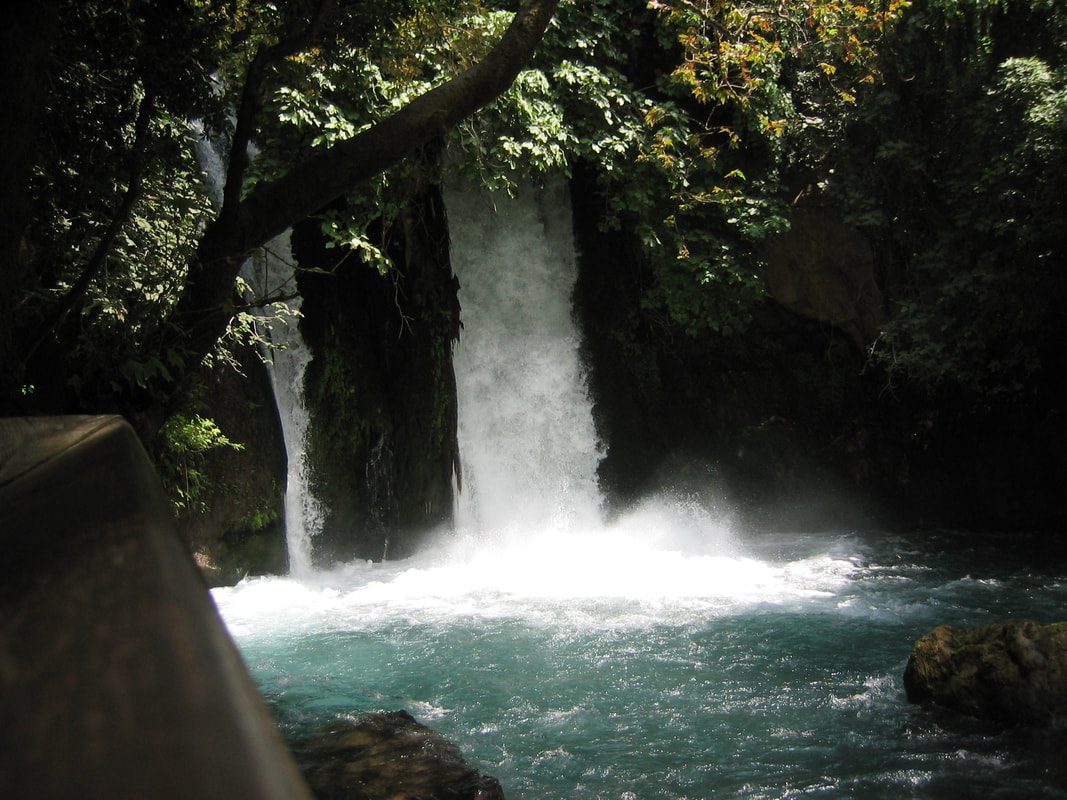
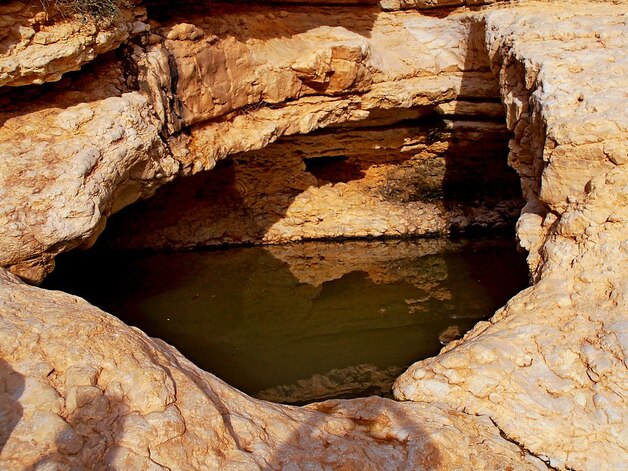
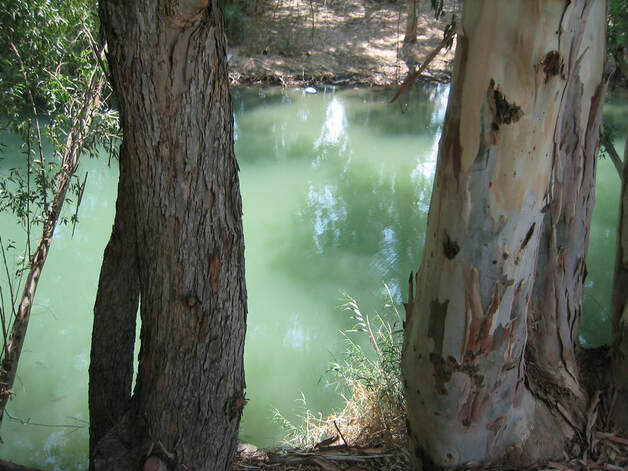
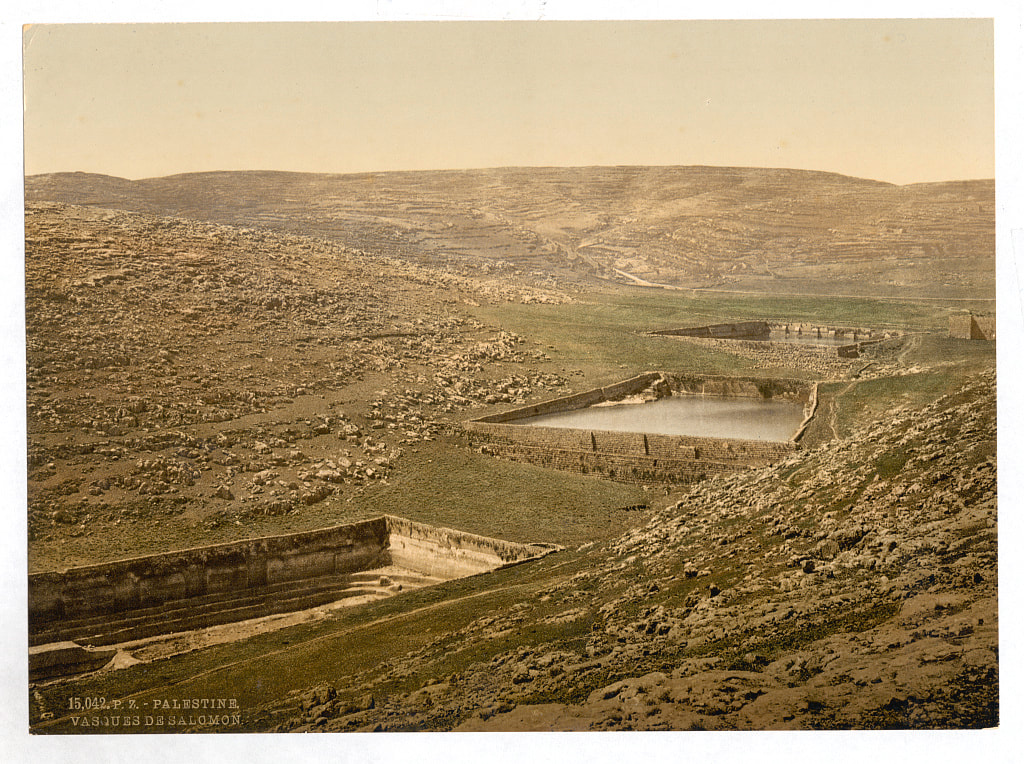
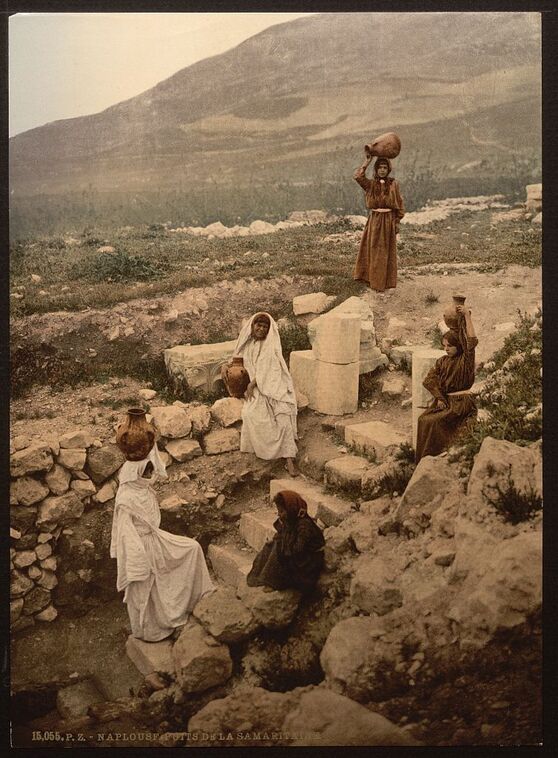
 RSS Feed
RSS Feed